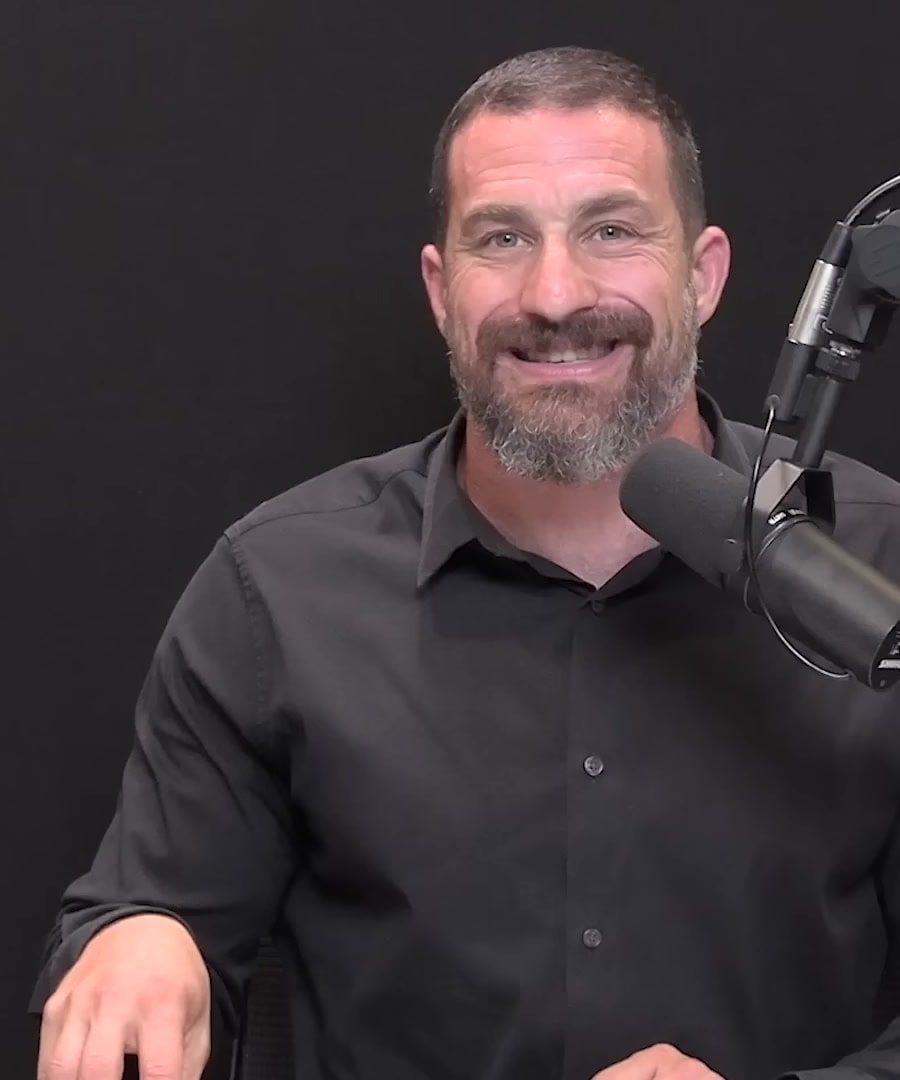Defolt system mode
Sources:
It appears that your query might have been a bit unclear, but based on the data retrieved, the term "Default" might pertain to the "Default Mode Network" in the context of neuroscience and its discussions on the .
-
Default Mode Network (DMN): The Default Mode Network is implicated in various activities like daydreaming, spontaneous imagination, and self-referential thoughts. It's the brain's baseline activity mode when not engaged in specific tasks 1.
-
Functional Connectivity: Studies indicate that psychedelics like psilocybin alter the Default Mode Network's activity, leading to increased connectivity between different brain regions. This enhanced connectivity continues even after the drug's effects have worn off, potentially explaining certain therapeutic benefits 1.
-
Meditation and DMN: Meditation practices can affect how one oscillates between interoceptive (internal bodily awareness) and exteroceptive (external environment awareness) states. During rest or meditation, the Default Mode Network is more active, contributing to mind-wandering and storytelling capacities 2.
-
Emotional and Social Contexts: The DMN is activated more during tasks that require integrating social and emotional contexts, such as imagining future events or understanding complex narratives involving other people's mental states 3.
These points reflect 's discussions on the Default Mode Network within the context of neuroscience, psychedelics, meditation, and complex emotional processing.
RELATED QUESTIONS-
What is the Default Mode Network?
Sources:
The Default Mode Network (DMN) is a collection of brain areas activated when we are not focused on a specific task. It is primarily involved in mind-wandering, self-referential thoughts, and spontaneous imagination. Here are key features:
-
Baseline Activity: The DMN is active during restful states when not engaged in active cognition, such as daydreaming or recalling memories 1 2.
-
Autobiographical Thought: This network is involved in thinking about oneself, recalling past experiences, and imagining future events, which makes it highly autobiographical 3.
-
Interaction with Other Networks: During focused tasks, the activity of the DMN is suppressed by the prefrontal cortex to prevent distraction. This suppression helps focus attention on external tasks 4 3.
-
Imagination and Creativity: It enables spontaneous imagination when the mind is not oriented towards the external world, relying on internal memories and previous experiences 4.
In conditions like ADHD, the DMN may remain active even when concentration is required, leading to distraction and difficulties in sustaining attention 3.
For further details, you might refer to the discussions on the and experiences shared by .
RELATED QUESTIONS-
Defolt system mode
- RELATED QUESTIONS
What is the Default Mode Network?
- RELATED QUESTIONS





